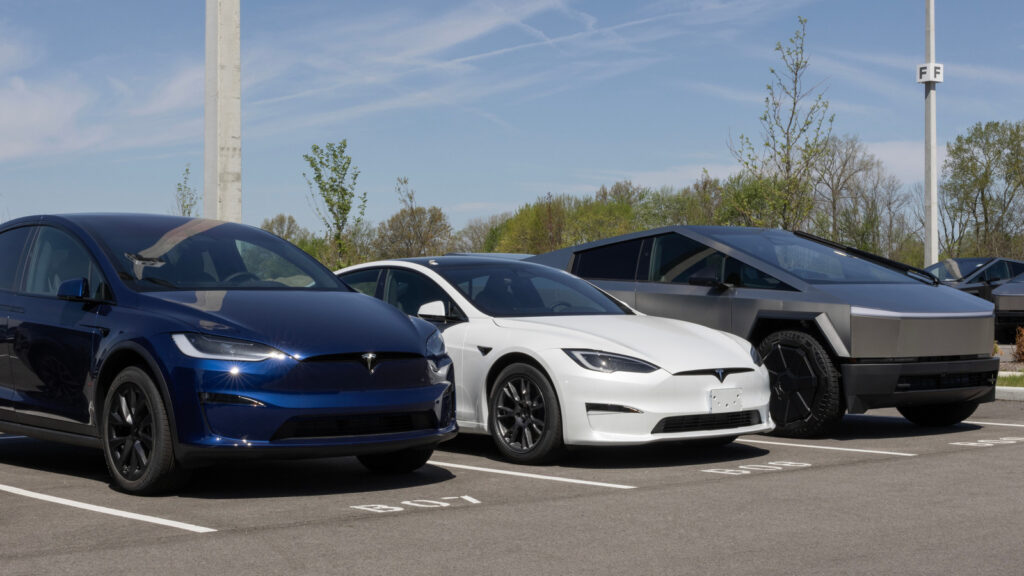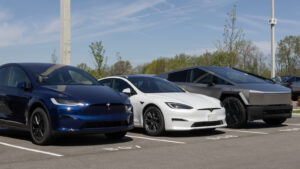
Tesla revolutionized the automotive industry when it introduced the prototype Model S in 2009. Under the leadership of CEO Elon Musk, the American company has transformed electric vehicles from a futuristic concept into a mainstream reality. Today, over 4 million drivers in the United States are behind the wheel of electric vehicles, with Tesla’s Model Y and Model 3 leading the charge in sales.
Despite its successes, Tesla has faced recalls over the years due to various faults. However, a less critical but persistent issue has been the presence of panel gaps in its vehicles. These gaps have been a topic of discussion among Tesla owners for over a decade, often appearing in forums where owners question the quality of their vehicle’s assembly.
Understanding Panel Gaps
Vehicles are not constructed from a single shell. Instead, they consist of multiple panels attached at different points, such as the bumper, doors, and wheel wells. These panels must be precisely aligned during assembly to avoid gaps. When assembly is rushed or performed by inexperienced workers, misalignments can occur, leading to noticeable gaps.
For Tesla, these panel gaps have been attributed to a variety of factors, including improper placement during installation and panels cut to incorrect sizes. The brand’s build quality has often been cited as a primary reason for these issues. Early Tesla models, in particular, were notorious for having larger-than-average panel gaps.
Improvement Over Time
While it is difficult to definitively state whether Tesla has completely resolved its panel gap issues, a review of current discussions in Tesla forums suggests a reduction in complaints compared to a few years ago. This indicates some improvement in the build quality of Tesla vehicles, though the problem has not been entirely eliminated.
Potential buyers of new or used Teslas should be aware of this ongoing issue. The company’s latest vehicle, the Cybertruck, has also faced scrutiny for panel gaps, alongside other problems such as over-sensitive accelerator pedals and loose trunk-bed components. In 2024 alone, Tesla issued six recalls for the Cybertruck, with panel gaps being a common complaint.
Manufacturing Advances
In response to these quality concerns, Tesla has made significant strides in enhancing its production processes. The company has focused on its Gigafactories in Austin, Texas, and Berlin, Germany, introducing new manufacturing techniques aimed at achieving more consistent build quality across its vehicle lineup.
According to industry reports, these advancements have helped Tesla improve the precision of its assembly lines, reducing the incidence of panel gaps. This strategic focus on manufacturing quality is part of Tesla’s broader effort to maintain its competitive edge in the rapidly evolving electric vehicle market.
Expert Opinions
Industry experts note that while Tesla’s innovative approach to manufacturing has set new standards in the automotive industry, the company must continue to refine its processes to address persistent quality issues. “Tesla’s commitment to innovation is commendable, but attention to detail in manufacturing is crucial for sustaining customer trust,” said an automotive analyst.
“Tesla’s commitment to innovation is commendable, but attention to detail in manufacturing is crucial for sustaining customer trust.” – Automotive Analyst
Looking Ahead
As Tesla continues to expand its global footprint, the company is expected to further enhance its manufacturing capabilities. The focus on improving build quality is likely to remain a priority, particularly as competition in the electric vehicle sector intensifies.
For consumers, the key takeaway is to remain informed about the potential for panel gaps when considering a Tesla purchase. While improvements have been made, ongoing vigilance is necessary to ensure that these issues do not detract from the overall ownership experience.
With Tesla’s commitment to refining its production processes, the company is poised to address these challenges head-on, reinforcing its position as a leader in the electric vehicle market.







